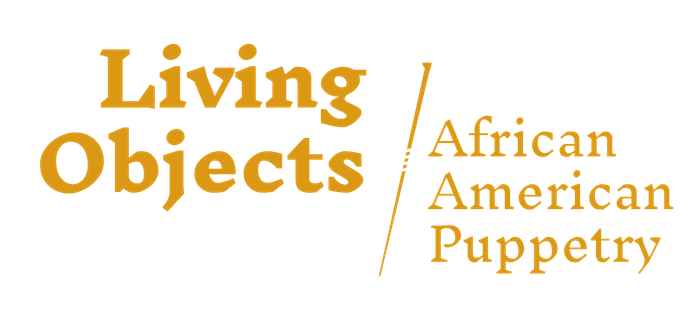Files
Download Full Text (291 KB)
Description
One element of blackface minstrelsy was the representation of Black people as swamp characters, especially frogs. In her examination of the development of the “jazzy frog” as a transposition of greenface onto blackface, Richards traces the growth of the trope in popular film and cartoons of the early 20th century. She then considers Jim Henson’s creation of the popular puppet character Kermit as a variation on this trope, but with a different purpose: to represent Henson’s “vision of tolerance for difference and creative collaboration.” The “re-humanization” of the jazzy frog includes the 1967 hit song “I’m in Love with a Big Blue Frog,” and Kermit’s 1970 performance of “Bein’ Green”; and leads to Henson’s 1978 Muppet Show collaboration with Harry Belafonte, and later his recruitment of Black puppeteer Kevin Clash for Sesame Street.
Publication Date
2019
Keywords
puppetry, performing objects, African American culture
Disciplines
African American Studies | Africana Studies | Arts and Humanities | Other Theatre and Performance Studies | Race, Ethnicity and Post-Colonial Studies | Theatre and Performance Studies
Recommended Citation
Richards, Paulette, "“It’s Not Easy Bein’ Green”: Greenface and the Jazzy Frog Trope" (2019). Living Objects: African American Puppetry Essays. 13.
https://digitalcommons.lib.uconn.edu/ballinst_catalogues/13

Included in
African American Studies Commons, Africana Studies Commons, Other Theatre and Performance Studies Commons


